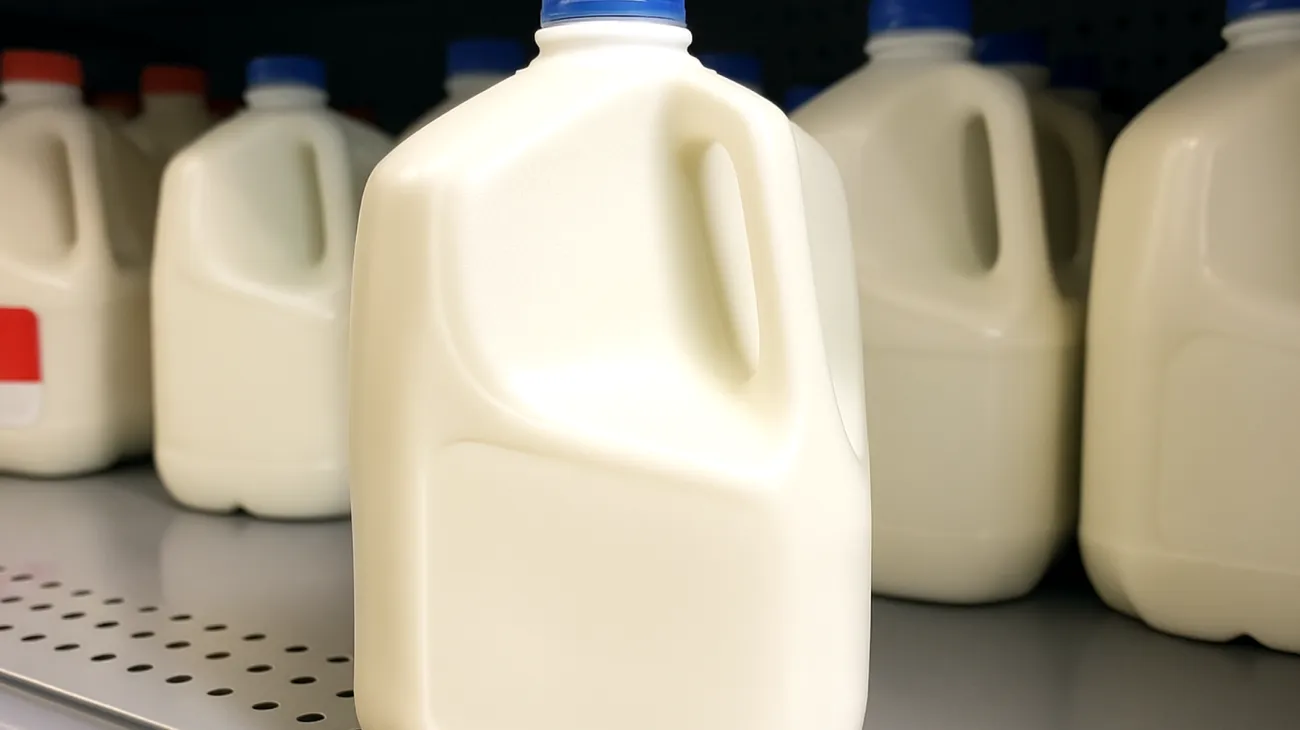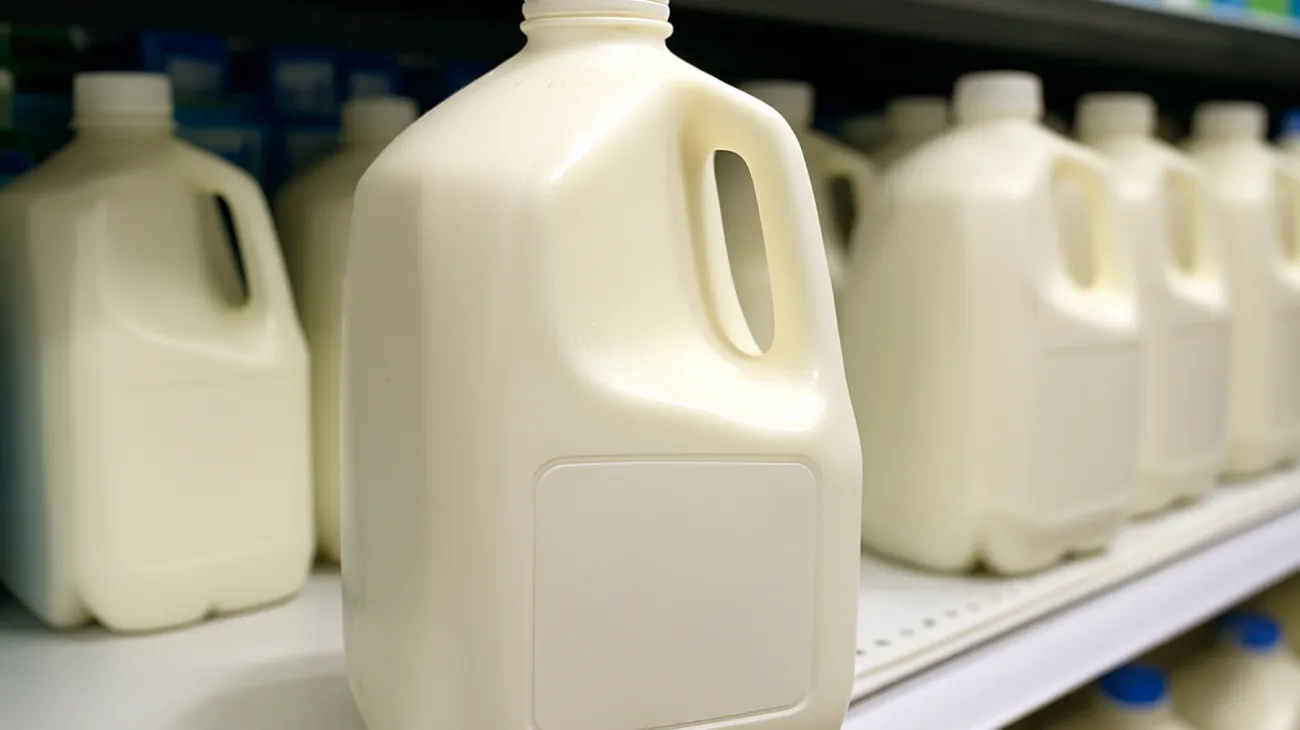The bustling aisles of supermarkets can transform even the most organized parent into a hurried shopper, especially when accompanied by energetic children demanding attention. Yet this common scenario creates a potential blind spot that could directly impact your family’s health: the overlooked expiration date on one of the most essential household staples—fresh milk.
Recent observations in retail environments across the UAE reveal a common pattern. Parents juggling shopping lists, crying infants, and curious toddlers frequently grab milk cartons without performing a date check that should be routine. This oversight isn’t merely about wasting money on products that spoil prematurely; it’s about reducing the risk of potential foodborne illnesses, which can be particularly severe in young children.
Understanding Milk Dating Systems in UAE Supermarkets
The dating system on milk products can be misunderstood by many consumers. Fresh milk typically carries either a ‘best before’ or ‘use by’ date. Understanding this distinction helps prevent unnecessary waste and protects against quality and, less commonly, safety issues.
When examining milk cartons, you’ll encounter specific terminology with legal and safety implications. The “use by” date indicates the final day the product is guaranteed by the manufacturer for peak safety and quality, while “best before” refers to optimal flavor and texture but not necessarily safety. Most fresh milk products in supermarkets display “use by” dates because of their high perishability.
The Hidden Dangers of Date Neglect
Consuming milk past its “use by” date increases the risk of foodborne illness. Pathogenic bacteria such as Listeria, Salmonella, and E. coli can develop in dairy products that are handled improperly or consumed after spoilage, even if visible signs are absent. Not all spoilage can be detected with smell or taste; some pathogens do not alter the milk’s appearance or odor.
Children, with developing immune systems, are more vulnerable to foodborne pathogens. Symptoms can range from mild digestive upset to severe complications like dehydration, sometimes requiring medical attention. While milk provides essential nutrients for growing children, consuming contaminated milk carries clear health risks that parents must take seriously.
Strategic Shopping Techniques for Busy Parents
Implementing systematic grocery shopping approaches can reduce date-checking mistakes without significantly extending your time in-store. Food safety specialists recommend developing such habits to ensure safety and efficiency.
The Reach-Back Method
Select milk from the back of refrigerated shelves where newer stock typically resides. Retailers usually practice first-in-first-out rotation, placing newer stock behind older items. This method often results in selecting milk with a more distant expiration date, giving your family additional days of freshness without any extra effort.

Quick Visual Inspection Protocol
Before adding any milk product to your cart, perform a thorough check:
- Examine the printed date immediately
- Confirm there are no signs of damage, leaks, or swelling
- Ensure the product is cold to the touch
- Check that the packaging is sealed correctly
Temperature Control and Storage Considerations
Even milk within its expiration date may spoil quickly if temperature control lapses at any point from production to purchase. Breakdowns in refrigeration can accelerate spoilage and allow harmful bacteria to multiply regardless of the labeled date. If milk feels warmer than expected, it is prudent to avoid purchasing it.
Supermarket refrigeration systems occasionally experience fluctuations that can compromise product safety. Trust your instincts and sensory observations when selecting dairy products, as proper cold chain maintenance often matters as much as the printed date itself.
Home Storage Impact on Shelf Life
Your refrigerator’s temperature and the milk’s storage location significantly influence how well the product maintains its quality until the expiration date. Storing milk in the main compartment rather than the door keeps it at a more constant, lower temperature and can help it last longer. Door compartments experience frequent temperature fluctuations each time the refrigerator opens, which food safety authorities note can decrease the usable period of dairy products.
Teaching Children Food Safety Awareness
Turning date-checking into a shared family habit fosters responsibility in children and can improve overall safety. Children who can read numbers can assist with checking expiry dates, providing a practical and educational task during shopping trips that transforms a mundane chore into a learning opportunity.
This collaborative approach reduces error risk, reinforces valuable food safety practices, and can help keep children engaged during shopping trips. Involving children in positive, structured tasks during grocery shopping is a recognized family management strategy that benefits both parents and children.
Protecting your family’s health requires continuous attention, not perfection. Building reliable routines and backup habits helps ensure food safety remains uncompromised even during your most hectic shopping experiences. Your children’s wellbeing depends on these seemingly small decisions that carry significant consequences for their health and development.
Table of Contents

